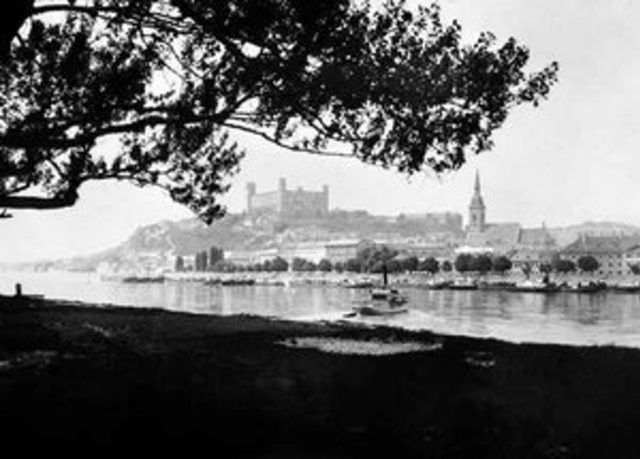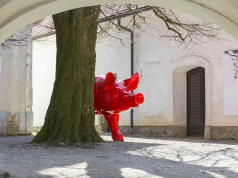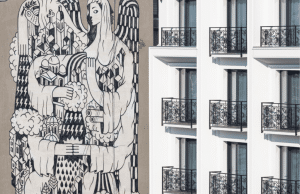The history of Bratislava is very rich. The tradition of an urban settlement in Bratislava has continued for more than 2000 years. Situated between Austria, Hungary and the Czech Republic, the structure of the nationalities living in the city was changing a lot in the past. The history of Bratislava was strongly influenced by people of different nations and religions – Germans, Hungarians, Jews, Serbs, Croats, Czechs, Austrians, and Slovaks were all settlers and inhabitants during the past.
The Danubian Road was linking the cultures of the Mediterranean and the Orient (as an extension of the legendary Silk Road) with the islands of continental Europe already in the dawn of human history. The archeological research found the proofs of the first settlements in the territory of today Bratislava back in the Neolithic period, during the 5thmillennium BC.
In the Middle Ages plenty of German settlers were in the city. After the Turks Wars the number of Hungarians increased. As a result, not so long ago, all the native inhabitants spoke all the three languages – German, Slovak and Hungarian.
With the inhabitants also the name of the town has changed. In 805 it was named Wratisslaburgium– after the Prince Vratislav, during whose region the Castle was repaired. A century later, in 907 as written in the Salzburg Annals, the battle of Bratislava was recorded as Braslavenspruch– which means “the battle of Bratislava Castle”. Around 1000, during the reign of first Hungarian Grand Prince Stephen I. the Bratislava Castle was named Pozsony Castle and the country was named Pozsony country.
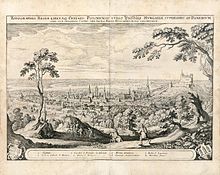
From 16thcentury until the 20thBratislava was a part of the Habsburg monarchy – these were the golden days of todays Slovak capital. Many buildings that are still remarkable today were build in that time. Among those are the Primate’s and the Palffy Palaces. From 1536 Bratislaca was the capital of Ugria, reigned by 19 coronated kings and queens. Back then Bratislava was named Pressburg.
From 1919 the city is known under its contemporary name – Bratislava. The name is assumed to be derived (by mistake) from the name of the Czech ruler Bratislav I. The name Bratislava is credited to Pavel Jozef Šafárik’s misinterpretation of Braslav as Bratislav in his analysis of medieval sources, which led him to invent the term Břetislaw, which later became Bratislav. The name “Bratislava“ began to be used by a group of Slovak national patriots gathered around Sudovít ·túr.
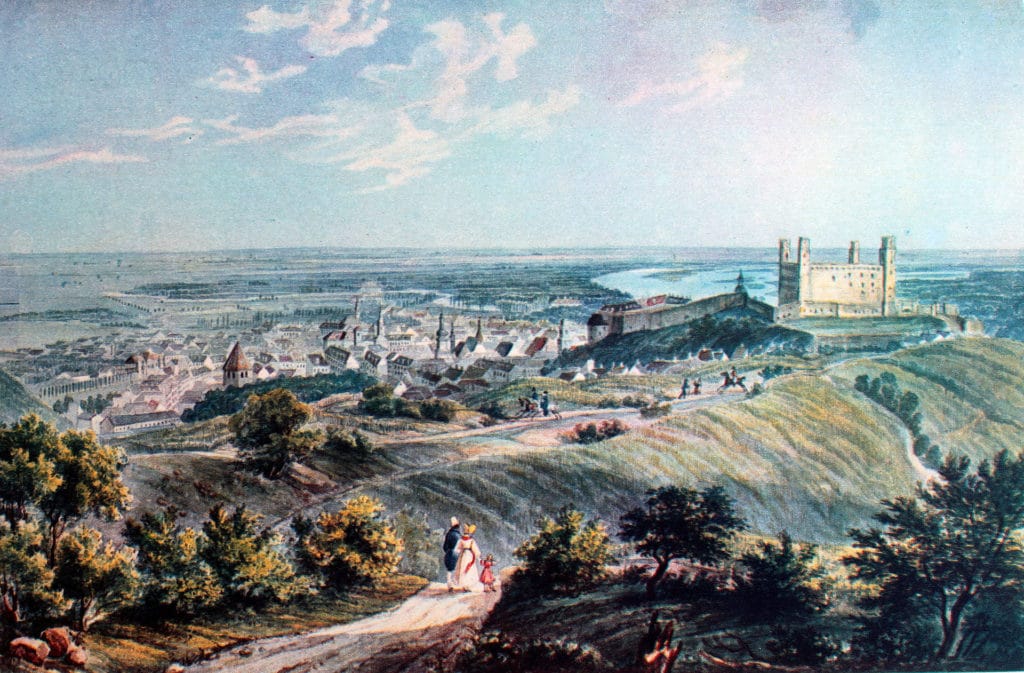
A turbulent and colorful history, of the Slovak capital spread on both banks of the Danube river, left a footprint to the development of the city. Today Bratislava grew to a European capital with almost half a million inhabitants, and with around 1 million tourists every year. With the motto “extremely close and exceptionally smart” Bratislava is already pinned on the map of European top city destinations.


